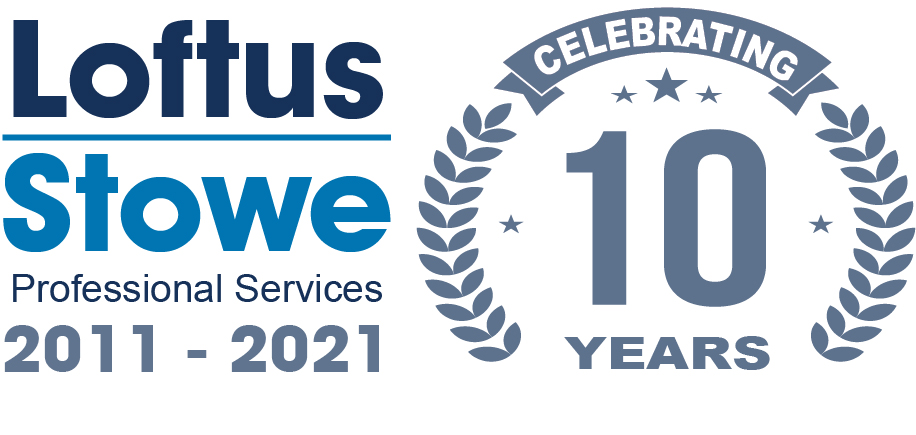Standard Life (LSE: SL) has transformed itself into an income champion over the past five years.The companys shift to a fee-based business model has led to a tripling of cash flow generated from operations since 2010. Assets under management have risen by 50% over the same period.
This growth hashelped support the companys dividend payout growth. Since 2011 Standardsdividend payout has increased at a steady rate of 7% per annum. Since 2010 Standard Life has returned 147p per share to investors, including the recent special dividend and over five years the shares have produced a total return of 180%. Based on the estimated growth of the UK pension market, the next five years could see a similar performance.
Standard Life trades at a forward P/E of 16.8 and supports a yield of 4.6%. Earnings per share are predicted to grow by 48% this year.
Dividend concerns
GlaxoSmithKlines(LSE: GSK) shares have sunk to a four-year low on fears about the sustainability of the companys dividend payout. However, to a certain extent, these concerns are unfounded.
Management has stated that the companys dividend of 80p per share is safe for the next three years. A special dividend of 20p per share payable during the fourth quarter will take the total payout for 2015 to 100p per share, a yield of 7.9% based on Glaxos current share price.
Glaxo currently trades at a forward P/E of 16.9 and supports a yield of 7.2%. Earnings per share are predicted to shrink by 21% this year.
Slow and steady
Last year,SSE (LSE: SSE) made a commitmentto target an increase in the full-year dividend for 2015/16 of at least RPI inflation, with annual increases thereafter of at least RPI inflation also being targeted.
This is hardly the most impressive dividend policy. The RPI measure of inflation has averaged 1% this year, so investors wont see much in the way of a dividend increase at all.
Nevertheless, for the conservative dividend investor SSEs dividend policy is ideal. The payout is covered 1.2 times by earnings per share and due to the nature of SSEs business, the company has a certain degree of clarity over its revenue streams. As a result, its unlikelymanagement will suddenly take an axe to the dividend.
SSE currently trades at a forward P/E of 12.6 and supports a yield of 6.2%. Earnings per share are predicted to shrink by 10% this year.
Changing business model
Centrica (LSE: CNA) has already cut its dividend payout once this year. However, according to City projections the new, lower payout is now covered one-and-a-half times by earnings per share, leaving plenty of room formanoeuvre.
Whats more,managements recent decision to scale back Centricas upstream businessis a great move for the company. Oil & gas production is a notoriously volatile and capital intensive business. Focusing on the more predictable customer-facing side of the business should put Centrica back onthe path to long-term sustainable growth.
Also, Centricas focus on the more predictable customer side of the business should help the company maintain and increase its dividend over time.
Centrica currently trades at a forward P/E of 12.5 and supports a yield of 5.4%. Earnings per share are predicted to shrink by 7% this year.
The best income investments
TheMotley Foolspecialisesin hunting out the market’s best income investments just like Centrica, SSE, Glaxo and Standard Life.
If you already own these four income plays, or you’re looking for other income investments, why not check out our freeincome report double pack.For a limited time only,you can gettwo reports in one. Along with “How To Create Dividends For Life”, we’re throwing in a new report entitled “My 5 Golden Rules for Building a Dividend Portfolio”.
This duo is designed to help you discover the market’s best income stocks.
Justclick hereto download the free report double pack today!
Rupert Hargreaves owns shares of GlaxoSmithKline. The Motley Fool UK has recommended Centrica and GlaxoSmithKline. We Fools don’t all hold the same opinions, but we all believe that considering a diverse range of insights makes us better investors.





